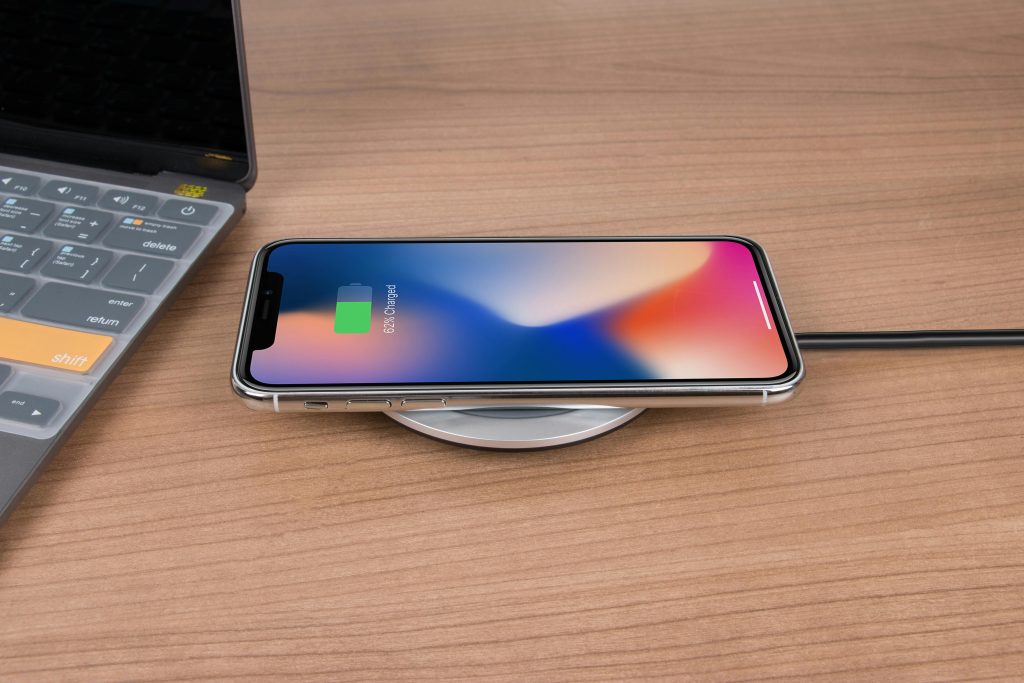Understanding and Removing Residual Files After Malware Infection: A Case Study with Altrusica Malware
In the ongoing battle against malicious software, users often find themselves navigating complex remediation processes that extend beyond simple antivirus scans. Recently, a user reported that the Altrusica malware appeared to be eradicated from their system, with noticeable improvements such as the cessation of unusual CPU activity. Despite this positive development, a suspicious file persisted on their computer, seemingly inaccessible due to permission restrictions. This scenario raises important questions about malware removal, residual files, and safe system maintenance.
Recognizing Malware Decontamination Signs
Successful malware removal typically results in several observable indicators:
- Cessation of abnormal system activity: Such as high CPU or memory usage.
- No detections from security tools: Antivirus and anti-malware programs, like Malwarebytes, report no threats.
- System stability: The computer operates normally without unexpected behaviors.
In the user’s case, the CPU usage has normalized, and Malwarebytes no longer detects the Altrusica malware, suggesting effective removal.
The Mystery of Residual Files
Despite these signs, the presence of an unchanged file on the system can be unsettling. The file remains on the PC but is inaccessible due to lack of permissions. This situation is not uncommon and can occur for several reasons:
- System protection mechanisms: Files created or modified by malware may be protected by Windows permissions to prevent accidental deletion.
- Incomplete removal: Malware removal tools may not always delete all associated files, especially if they are deeply embedded or disguised.
- System or user account restrictions: Sometimes, files are locked down to prevent modification without proper administrative rights.
Is the System Fully Clean?
While the system appears to be free of active malware, residual files can pose potential risks:
- Reinfection risk: Malicious files left on the system might be reactivated or exploited in future attacks.
- System clutter: Unnecessary files can clutter directories and potentially interfere with system performance.
Before assuming the system is entirely safe, it is prudent to verify and clean these residual files properly.
How to Remove Persistent Files Safely
If you lack the necessary permissions to delete the suspicious file, consider the following steps:
-
Run as Administrator: Ensure you are logged into an administrator account and execute file management operations with elevated privileges.
-
Use Safe Mode: Boot your system into Safe Mode, which loads only essential drivers and services, minimizing interference from malicious
Share this content:



